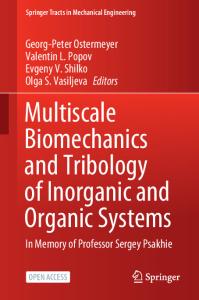Producing of AA5083/ZrO 2 Nanocomposite by Friction Stir Processing (FSP)
- PDF / 1,235,552 Bytes
- 8 Pages / 593.972 x 792 pts Page_size
- 80 Downloads / 301 Views
INTRODUCTION
THE strong demand for weight reduction in car and marine fabrications urges the optimization of the design of products employing low weight materials. Aluminum and its alloys including Al5083 are being used extensively in marine, armor plate, and transportation industries, because of their low density, high corrosion resistance, and high strength-to-weight ratio.[1] For many applications, the useful life of components often depends on their surface properties such as wear resistance. Recently, much attention has been paid to friction stir processing (FSP), which is known as a surface modification technique.[2] FSP is based on the friction stir welding (FSW) technique which was invented by The Welding Institute (TWI) in 1991.[2,3] Thus, FSP uses the same methodology as FSW, but it is used to modify the local microstructures and does not join metals together. It improves ductility, formability, and mechanical strength on account of homogenized microstructure with equiaxed fine grains. FSP has proven to be successful in the modification of various properties such as formability, hardness, yield strength, fatigue, and corrosion resistance.[4,5] Several
SAEID SHAHRAKI and SAMI KHORASANI, M.Sc. Students, and HOSEIN BISADI, Teaching Assistant, are with the School of Mechanical Engineering, Iran University of Science and Technology, Tehran, Iran, REZA ABDI BEHNAGH, M.Sc., is with the Department of Mechanical Engineering, Urmia University of Technology, Urmia, Iran, also with School of Mechanical Engineering, College of Engineering, University of Tehran, Tehran, Iran. YASSIN FOTOUHI, M.Sc. Student, is with the School of Mechanical Engineering, Iran University of Science and Technology, and also with Urmia University of Technology, Room No. 327, 2nd kilometers of Band road, 5716693187 Urmia, Iran. Contact e-mail: [email protected] Manuscript submitted April 1, 2013. METALLURGICAL AND MATERIALS TRANSACTIONS B
investigations have been done about the effect of FSP on various properties of metals, especially on Al and Mg alloys.[5–11] Metal matrix composites (MMCs) are candidate materials for special uses in various fields such as automotive and aerospace applications. Metal matrix composites combine a tough metallic matrix with a hard ceramic reinforcement to produce composite materials with higher mechanical properties than conventional metallic alloys.[12,13] Some attempts have been made to fabricate composite layers via FSP.[14–17] Hsu et al.[14] achieved an ultrafine-grained Al–Al2Cu composite by FSP, which has high Young’s modulus, good compressive strength, and reasonably good compressive ductility. Morisada et al.[15,16] reported the fabrication of SiC particles and multi-walled carbon nanotube-reinforced AZ31 surface composites via FSP using this method. The results of the work by Mazaheri et al.[17] indicated that the uniform distribution of Al2O3 particles in A356 matrix by the FSP process can improve the mechanical properties of specimens. Barmouz and Besharati-Givi[18] used multi-pass FSP to fabricate
Data Loading...











